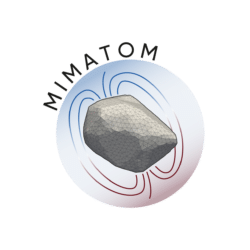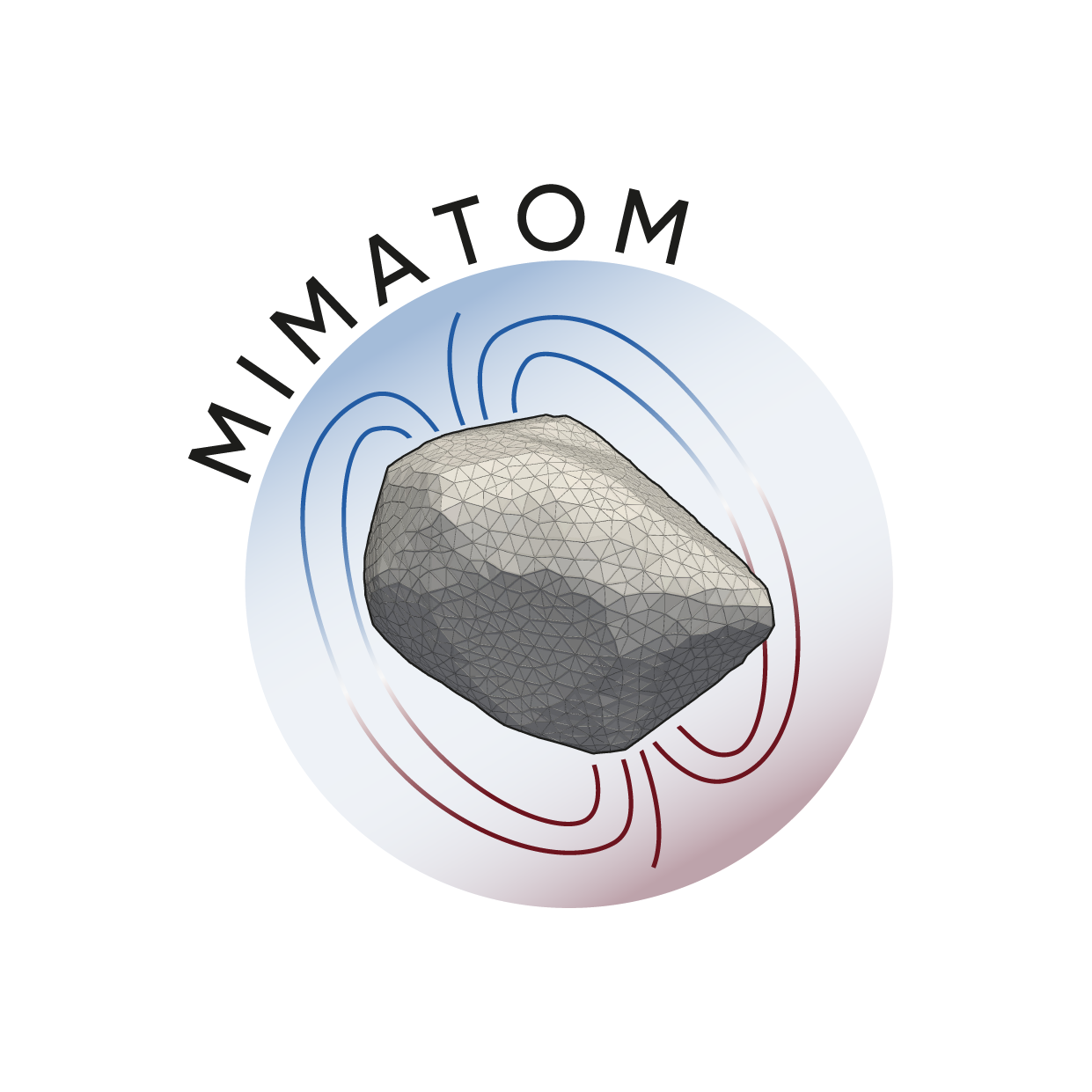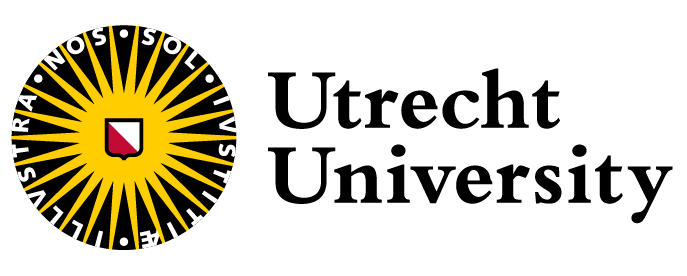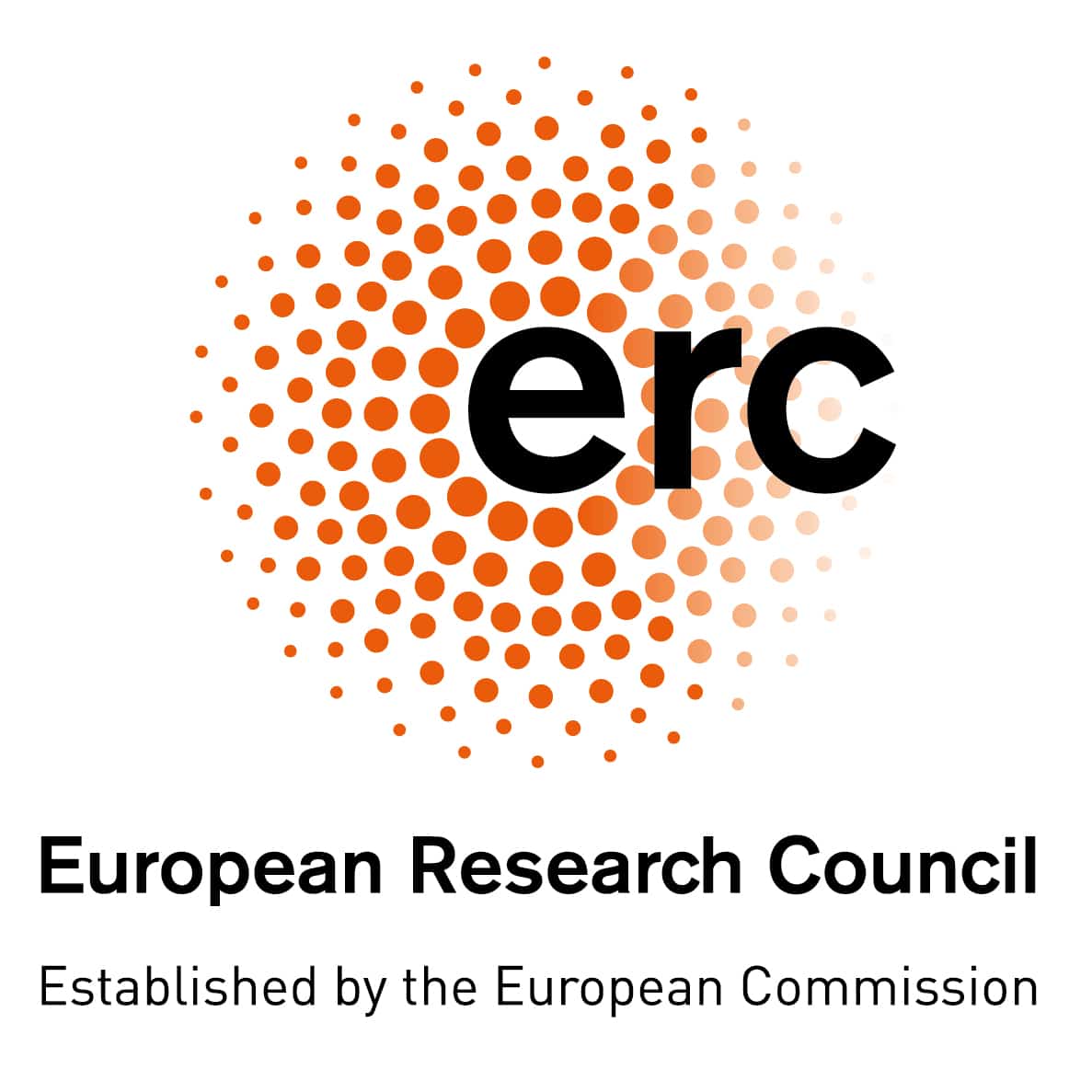Technique
Micromagnetic Tomography (MMT) makes it possible to determine magnetic moments of individual grains embedded in sample material. This is particularly useful for volcanic products such as basaltic lavas, that contain an assemblage of grains differing in grain sizes, shapes, and chemistry. MMT relies on a mathematical inversion of a magnetic surface scan using the locations of the magnetic grains that are obtained from X-ray computed tomography (MicroCT) scans. There are still some remaining challenges before MMT can routinely be used to answer scientific questions, but the technique is under rapid development.
Development
The proof-of-concept of MMT was published in 2018 (de Groot et al., 2018). The idea of combining magnetic surface scans with MicroCT data was put forward and illustrated using a synthetic sample with only 124 magnetic markers in an epoxy matrix. The sample was scanned using a Scanning SQUID Microscope while being submerged in liquid helium, and we were only able to invert very small areas with limited numbers of grains. In 2019, we published a new uniqueness theorem for the mathematic inversion that we use for MMT (Fabian & de Groot, 2019). This paper provides the theoretical underpinning of MMT inversions and shows that it is possible to determine magnetic moments of grains embedded in a sample given that all magnetic particles and magnetic signals arising from them are known.
Until now MMT inversions solved for dipole moments of individual grains. Since we are working with rather large (>>1 µm) magnetite grains we know that their magnetic configuration is more complex. Therefore, we set out to solve the magnetic moments of individual grains in higher order spherical harmonics (Cortés-Ortuño et al., 2021). We showed that the higher order solutions better fit the magnetic signals as measured on the surface of the sample and are therefore probably a better representation of the magnetic state of the magnetic grains in the sample.
Also in 2021, we published an overview paper describing the current possibilities and limitations of MMT (de Groot et al., 2021). We showed that MMT can be used with different magnetic surface scanning techniques such as Scanning SQUID Microscopes, Magnetic Tunnel Junction scanners, and Quantum Diamond Microscopes. Also, we applied MMT to a natural sample (Hawaiian basalt) for the first time, and we gave first illustrations of the paleomagnetic and rock-magnetic analyses that may become possible in the (near) future.
To make MMT results suitable for paleomagnetic and rock-magnetic interpretation we need a statistical framework to assess and scrutinize MMT results. Out et al. (2022) provide two new parameters, the Uncertainty Ratio and the Signal Strength Ratio (SSR) to do exactly that. Furthermore, the performance of MMT inversions is assessed as function of experimental parameters such as noise level in the magnetic scan and concentration of the magnetic grains in a sample.
Building on the MMT code using higher order spherical harmonics, Cortés-Ortuño et al. (2022) showed that for some grains it is possible to bridge the gap between micromagnetic models of their internal domain configuration and measurements of their magnetic stray signal. Bridging the gap between micromagnetic modelling and empirical observations lays the foundation for a new avenue in rock-magnetic research in the near future.

Equipment
MMT relies on combing magnetic surface scans with spatial data on the locations of the magnetic sources in the sample. This implies combing data from a e.g. Scanning SQUID Microscope, Magnetic Tunnel Junction scanner or Quantum Diamond Microscope with data from a micro or nanoCT scanner. For the MIMATOM project we built a Quantum Diamond Microscope (QDM) in our lab in Fort Hoofddijk, Utrecht University. Our QDM is housed in a magnetically shielded room to ensure as little disturbance to the samples and machine as possible. This machine enables us to make the magnetic surface scans ourselves, and we are developing and optimizing this set-up continuously. Furthermore, our QDM-lab is equipped with a Leica DM750P optical microscope and a Leica S9i stereoscope to analyze our samples and aid the handling of samples and tiny parts of the QDM.
The microCT scans that we need for our MMT analyses are made externally, mostly through our partners in the Excite network in Utrecht, Cambridge, and Oslo.





